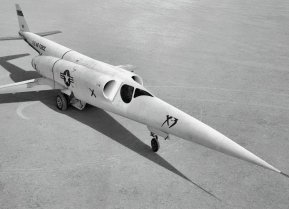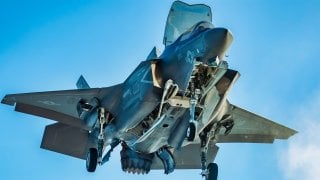Why the F-35 Might Be the Best Fighter Jet Ever
It is safe to say that many experts now believe that the American-made F-35 Joint Strike Fighter is in the realm of conversation to be the best fighter jet ever to fly.
Is the F-35 the best fighter jet ever? 1,000 built, and nations all over the world want them: It is safe to say that many experts now believe that the American-made F-35 Joint Strike Fighter is in the realm of conversation to be the best fighter jet ever to fly.
For years, the U.S. Air Force’s F-22 Raptor took the air superiority title as the first fifth-generation jet to enter service. Over the years, Moscow and Beijing have developed their parallel fifth-gen programs culminating in the Su-57 and Chengdu J-20, respectively.
While these foreign fighters may be near-peers to the mighty F-35, aviation buffs largely agree that they remain inferior.
The Joint Strike Fighter’s popularity extends across the globe. The powerhouse platform will likely become America’s top military export in the upcoming years.
Origin Story of the F-35 Fighter
The F-35 is rooted in the Defense Advanced Research Projects Agency (DARPA) Advanced Short Take-Off/Vertical Landing (ASTOVL) study from the mid-1980s to mid-1990s.
Manufacturing giant Lockheed Martin was tasked to design a replacement fighter for the Harrier jump jet around this time. The concept driving this new airframe was a single-engine canard delta weighing roughly 24,000 pounds. Following the cancellation of the Air Force’s Multi-Role Fighter and the Navy’s Advanced Fighter-Attack programs, the Joint Advanced Strike Technology program emerged. Almost immediately, international participation became a key component of the JSF program.
The United Kingdom was the first to participate, followed by Italy, the Netherlands, Norway, Canada, Denmark, Australia and Turkey (which was later removed). Boeing and Lockheed Martin submitted design concepts in the mid-1990’s to be considered. In the end, the Lockheed Martin team (in collaboration with British Aerospace) was selected the winner with its X-35 design.
One Word That Encapsulates F-35: Stealth
The F-35 is designed from head to toe to prioritize low-observability. Analysts and military buffs alike can agree that the Joint Strike Fighter is probably the stealthiest of its kind today. Powered by the Pratt & Whitney F135 engine, the fighter can reach a top speed of Mach-1.6 (times the speed of sound). In terms of avionics, the F-35 truly is unparalleled.
The fighter has the most advanced sensor suite of any jet in history, including the Distributed Aperture System (DAS), the Active Electronically Scanned Array (AESA) radar, Electro-Optical Targeting System (EOTS and advanced electronic warfare capabilities.
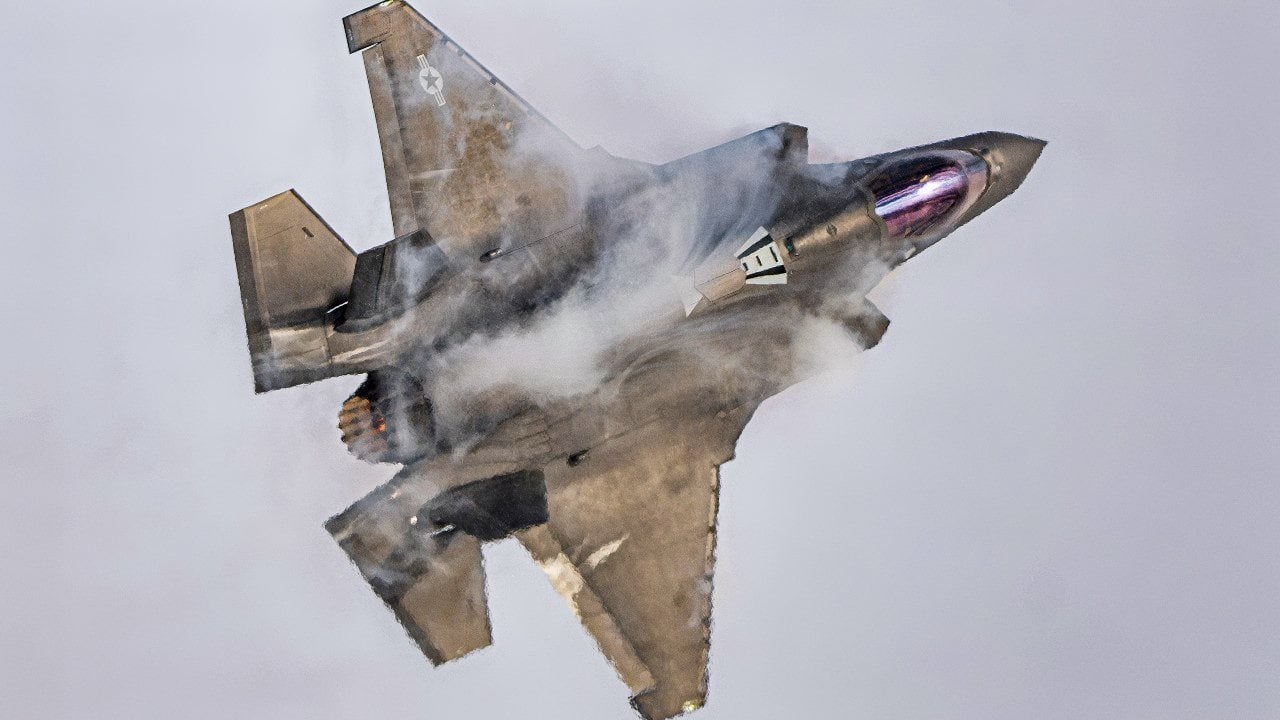
Other Specs & Capabilities
The F-35’s sweet avionics isn’t its only cutting-edge capability. Each Joint Strike Fighter can sport four weapons internally while flying in combat or can be equipped with six additional weapons mounted on external hardpoints when flying in more relaxed environments. Essentially, the F-35 is armed to the teeth. The U.S. Air Force’s F-35A variant also has an internal 4-barrel 25mm rotary cannon.
In a configuration dubbed as “beast mode,” the F-35 can carry four 500-pound GBU-12 laser-guided bombs on its wings, two GBU-12 bombs in its internal weapons bay, plus an AIM-9 air-to-air heat-seeking missile. While this configuration is lethal, it does sacrifice the airframe’s stealth. In addition to the Air Force’s F-35A variant, the Marine Corps and Navy fly the F-35B and F-35C, respectively.
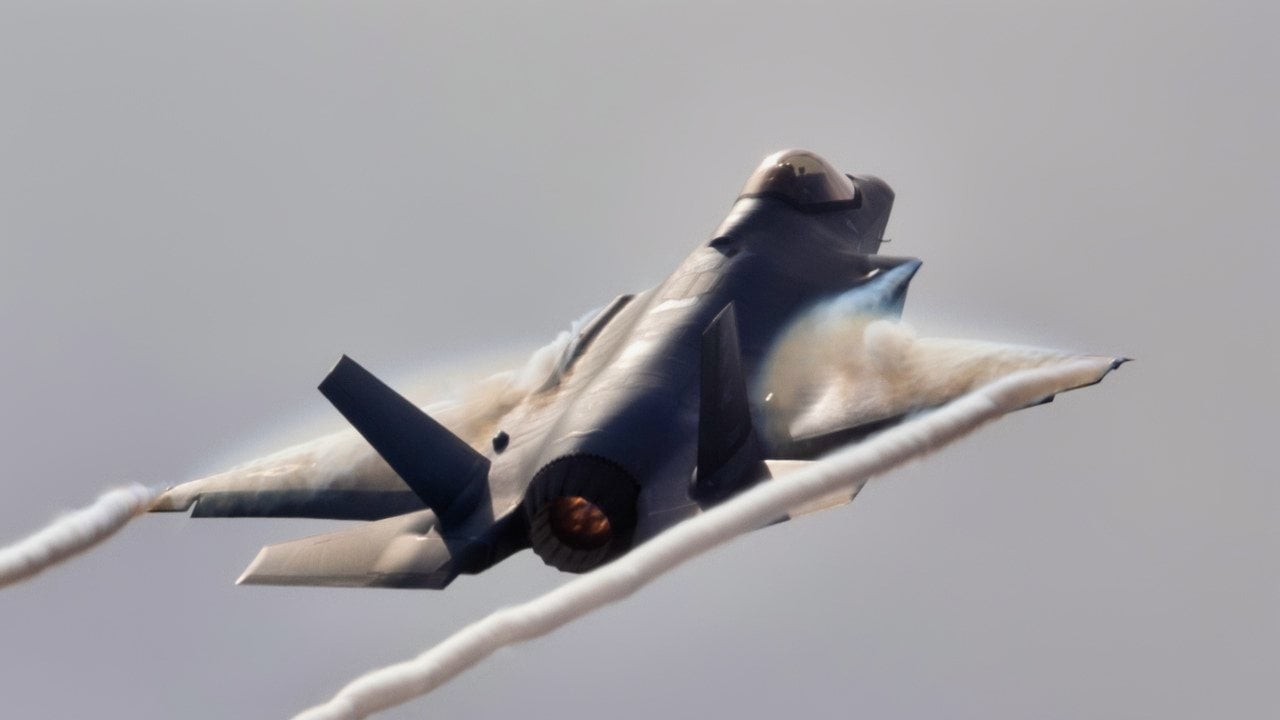
The Marine Corps airframe was built for short take off and vertical landing operations, while the Navy’s model was the first stealth fighter ever to be designed for carrier operations. In order to land on a moving carrier with more ease, the F-35C boasts larger wings than its peers to enable slower approach speeds.
Perhaps the F-35’s most significant feature is its ability to secure data transmission between all Joint Strike Fighters- even those that fly for foreign militaries. Not only is this capability unique to the F-35, but it also serves as a cost-saving addition in the future. Essentially, any improvements in technology or data sharing can be incorporated into the MADL in later years, rendering the platform relevant for decades to come.
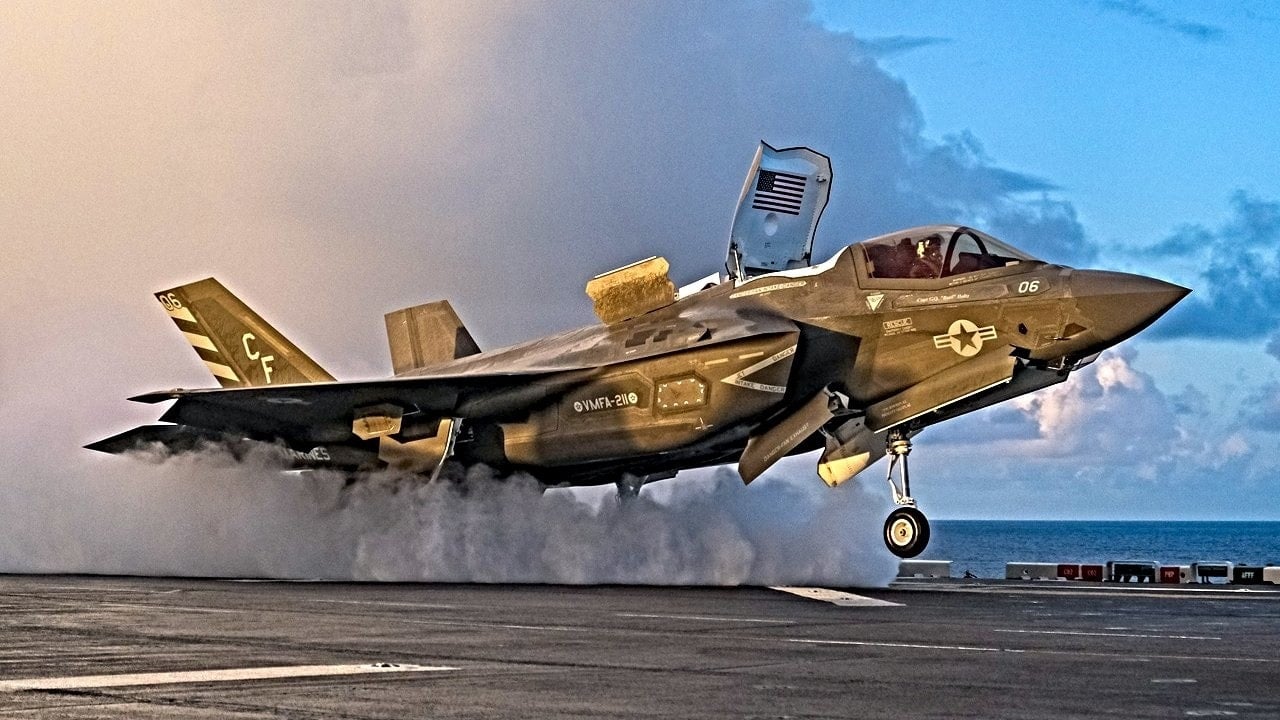
The Pentagon plans to operate them until at least 2070 and is already securing technological upgrades to ensure this extensive service life.
The F-35 is an Export Dream
The greatest testament to the F-35’s prowess is its export power. Earlier this month, Lockheed Martin completed production on it 1,000th Lightning II fighter. This astronomical number has solidified the platform’s position as the most successful stealth airframe production line in history. Today, the list of countries currently operating or planning to purchase the fifth-generation fighter has grown from nine to seventeen.
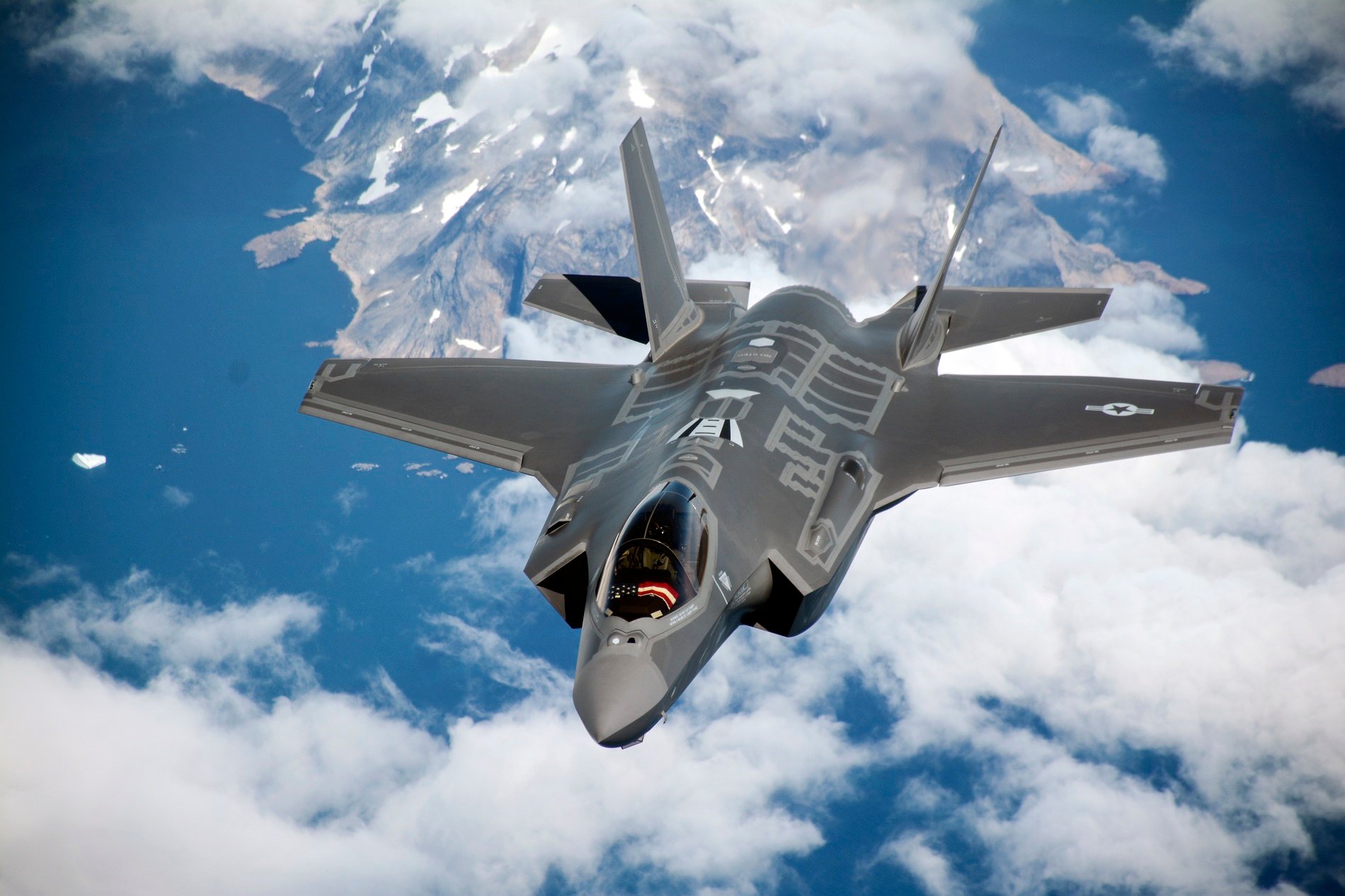
So, while the F-35’s $80+ million dollar price tag may seem absurd, the airframe’s capabilities are well worth it.
As detailed by an Air Force F-35 pilot instructor, “There has never been an aircraft that provides as much situational awareness as the F-35,” adding that “In combat, situational awareness is worth its weight in gold.”
About the Author: Maya Carlin
Maya Carlin, National Security Writer with The National Interest, is an analyst with the Center for Security Policy and a former Anna Sobol Levy Fellow at IDC Herzliya in Israel. She has by-lines in many publications, including The National Interest, Jerusalem Post, and Times of Israel. You can follow her on Twitter: @MayaCarlin.
All images are U.S. Air Force/Creative Commons.
